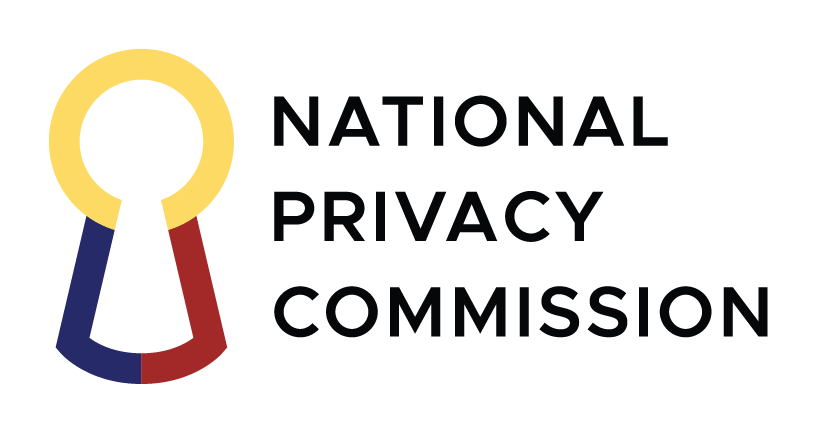
22 October 2024. Ambassador Leo M. Herrera-Lim and First Secretary and Consul Anne Kristine Salvador visited the Fehmarnbelt Tunnel project site in Rødby, Lolland (155 kms southwest of Copenhagen). Once constructed, the 18-kilometer Fehmarnbelt Tunnel will be the longest immersed road and rail tunnel in the world, connecting Denmark and Germany, and consequently, the Scandinavian region to Central Europe.
They were given a tour of the project site, the state-of-the-art 100-hectare tunnel factory, and the 50-hectare work harbor by Communications and Stakeholder Manager, Jesper Bøgh, who also briefed them on the production of the first five standard tunnel elements, as well as the next major milestone for the project - the immersion of the first tunnel element into the tunnel portal on the Danish side.
The European Commission considers the Fehmarnbelt project as one of Europe’s most significant infrastructure projects and has provided considerable support through the Connecting Europe Facility (CEF) Programme. For the construction phase, the EU has granted the tunnel project roughly EUR 1.1 billion (DKK 8.4 billion) in total. The associated Danish railway facilities have also received EUR 117 million (DKK 870 million). The tunnel is being built through state-guaranteed loans that will be repaid with revenue from the tunnel.
Once completed, the Fehmarnbelt Tunnel will serve as a major transport corridor between Eastern Denmark and Northern Germany, thereby significantly improving the mobility of goods and services within the EU. It will also cut the travel time between Denmark and Germany to just 10 minutes by car and 7 minutes by train (currently, ferry crossing takes 45 minutes, excluding waiting time and boarding/loading time). Work on the tunnel began in 2020 and it is expected to be operational by 2029.
To contribute to the green transformation of the transport sector, the developers of the Fehmarnbelt tunnel have ensured that the areas affected by the construction will be replaced by nature reserves. Automatic monitoring stations will also be installed to keep track of the environment in and around the Fehmarnbelt.
During the visit, Ambassador Herrera-Lim had the opportunity to meet thirty-two (32) of the seventy (70) Filipino professionals (engineers, surveyors, and procurement managers, among others) employed to work on the Fehmarnbelt Tunnel. Currently deemed as one of Denmark’s largest workplaces, with several thousand employees, the presence of our countrymen demonstrates the Danes’ trust in the professionalism and skills of Filipino workers. Said workers expressed satisfaction with their work conditions, particularly their wage, benefits, and work-life balance. END.

